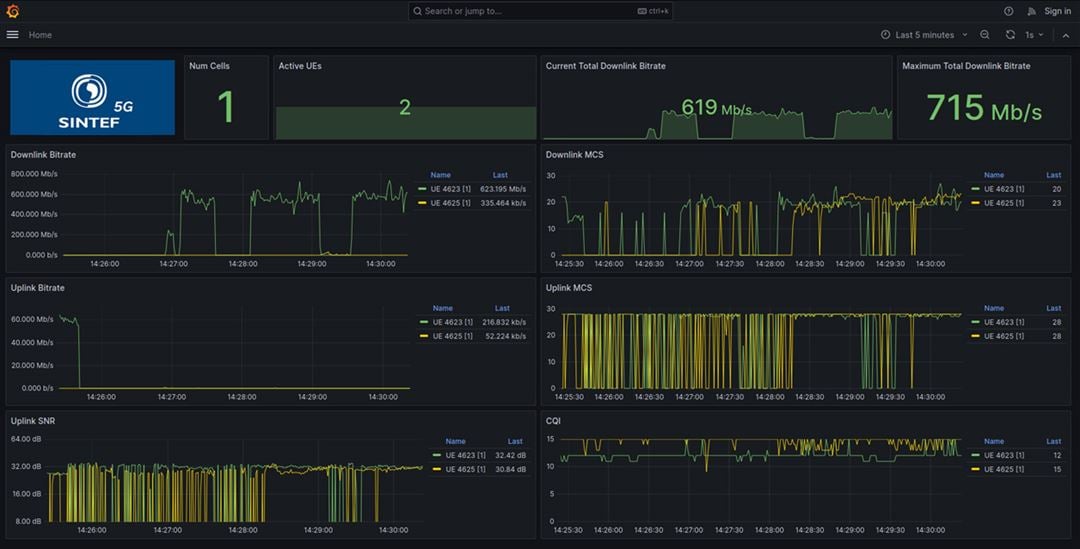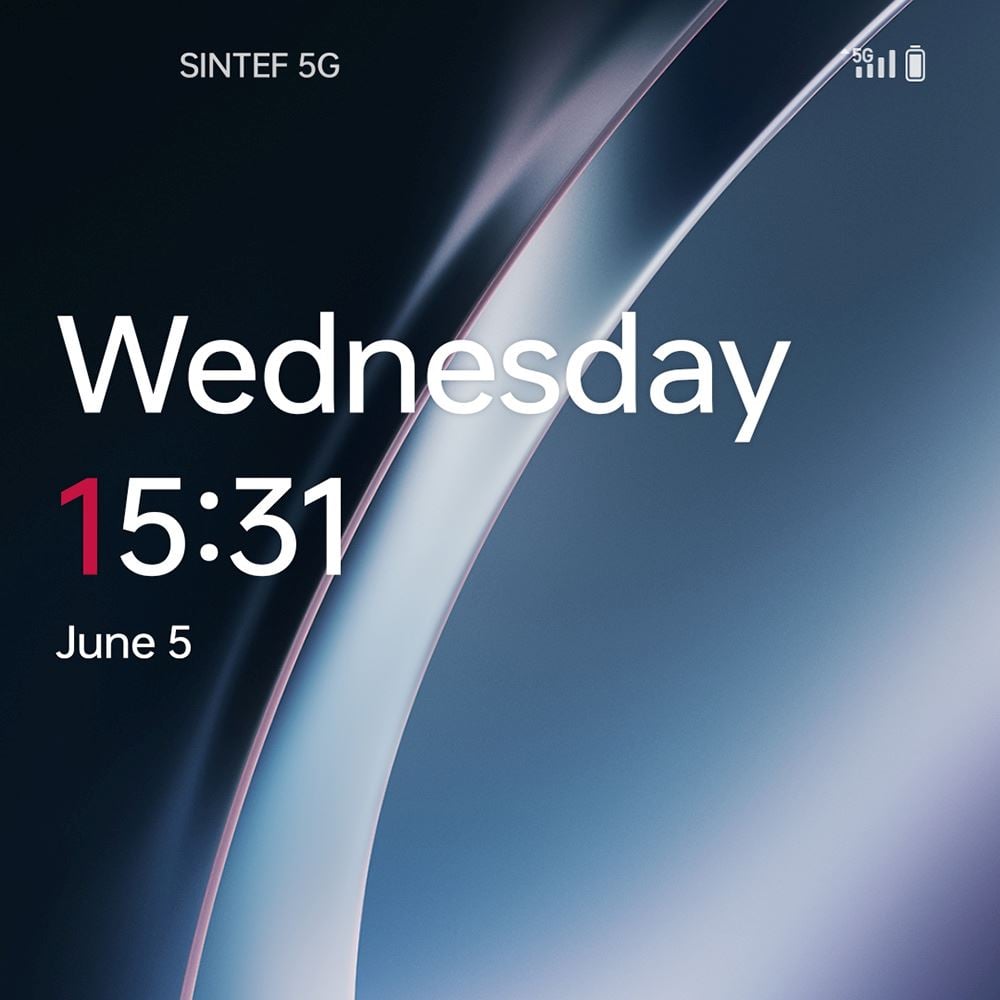SINTEF operates a private 5G network at Strindvegen 4 in Trondheim, run on an experimental platform. It can be configured in lab mode with short range to test various network functions and configurations or in campus mode with extended range to support testing of applications and use cases in Strindvegen 4 and nearby areas.

The 5G network supports several applications:
- Industrial clients can test 5G applications and use cases to measure performance factors such as latency and data rate. Examples of these applications include autonomous devices (such as drones and cars), AR/VR applications, and industrial uses. The platform is flexible and can be configured to meet the specific requirements of each application.
- In research and development projects, the network can be used to test new features that are not standardized or implemented in commercial networks. For instance, this includes using artificial intelligence (AI) in network operations and for applications such as self-driving vehicles, the satellite component of 5G known as 5G NTN, or positioning solutions where GNSS positioning is unavailable.
- In terms of security, the network provides a unique opportunity to test vulnerabilities to various types of attacks, from jamming the 5G signal to different forms of cyber attacks, as well as methods to make 5G networks more robust against such threats.
The platform is based on open-source software from SRS and OpenAirInterface (OAI), and it includes a radio unit from Benetel. The network uses a private 5G license from the Norwegian Communications Authority (Nkom) with a center frequency of 3.88 GHz and bandwidth of 80 MHz. Both the radio access network (RAN) and the core network (5GC) are run locally, but the architecture can be extended to include cloud services such as AWS to host parts of the architecture and to highlight the effects of edge computing and centralized management.


